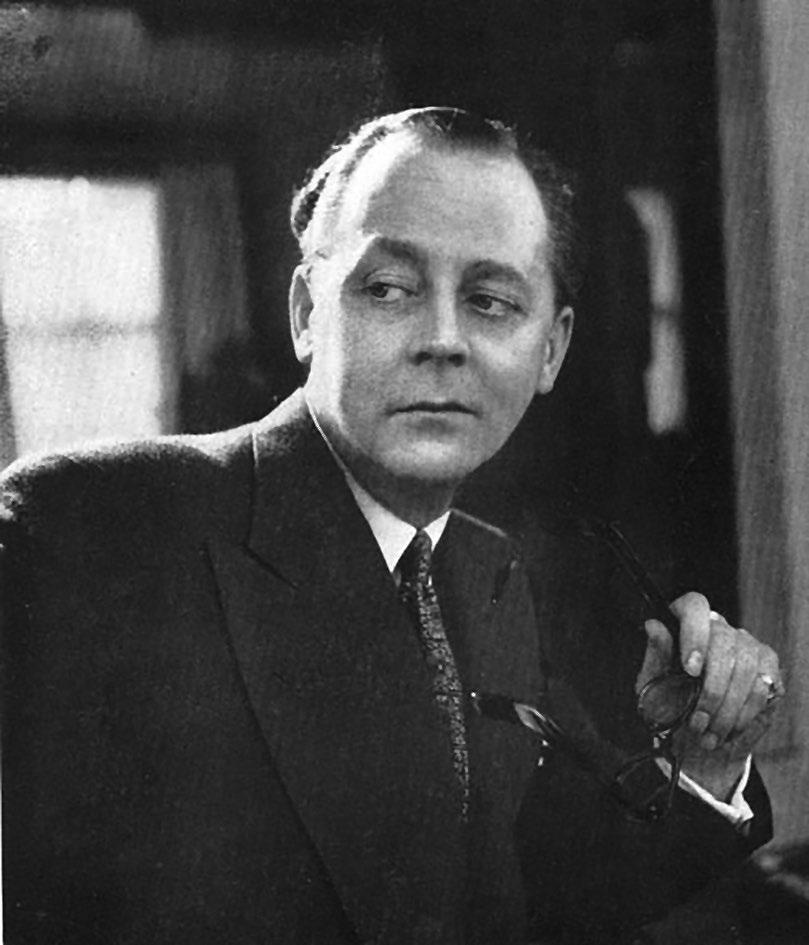
13 minute read
Remembering Digby Morton
Digby Morton: ‘A great innovator’, according to Hardy Amies
Exotic paddy field location in 1966 for a rose-tinted blouse and lime green slacks for Daks
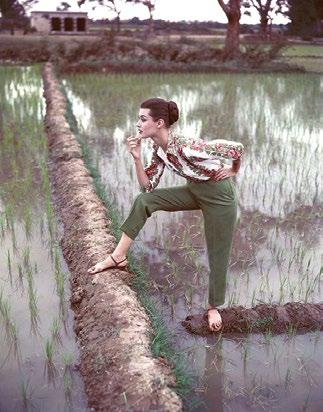
Matthew J Hughes traces the life and work of one of Ireland’s greatest fashion designers who, unjustly, is largely forgotten today.
6 Senior Times l May - June 2020 l www.seniortimes.ie For such a small nation, Ireland has produced a disproportionate number of movers and shakers in the world of fashion: think of Harper’s Bazaar editor, Carmel Snow, the currently feted J. W. Anderson, Louise Kennedy, Sybil Connolly, Phillip Treacy, Lainey Keogh and Paul Costelloe, to name but a handful. But in the history of fashion, perhaps its most illustrious name, Digby Morton, invariably figures as a kind of footnote to the story of Sir Hardy Amies, couturier to the Queen. For Irish, and indeed British, people of a certain vintage, however, the name of Digby Morton is one that’s recalled with real affection and admiration. One of the very greatest couturiers Ireland has ever produced, he was justly lauded across the world. And yet, he’s largely unremembered today. There are probably several reasons for this. Perhaps the principal reason for his (relative) obscurity in Ireland now, is due to the fact that Digby made his name in the UK and America. Though it frequently retains huge pride in those who choose to make their fortune elsewhere, a nation of Ireland’s size, tends to favour sons and daughters who’ve chosen to make their home country their place of



Model wearing Digby Morton’s camel hair-and-wool suit with a felt cloche by knox 1953
Fur-trimmed velvet coat 1956
work. This isn’t always easy, of course and the circumstances for an ambitious, perhaps even impetuous, youth looking to excel in fashion, were not propitious in the 1920s and so Digby had to leave Dublin. The fashion houses of London were soon to appreciate this maverick and the speed and momentum of his progress, was extraordinary. Naturally though, the apparent ease and effortlessness of his achievements weren’t possible without a bedrock of intense and relentless hard work, application and courage; not to mention boldness of vision. deal of respect for Digby Morton. Sir Hardy Amies himself regarded him as a bold innovator. This native of Dublin, dressed the great and the good and became a society fixture in the 1950s. As the opening quote illustrates, he was indifferent to eveningwear (he witheringly referred to them as “debutante clothes”). He generally loathed fuss, clutter and over-elaboration and made it his sartorial mission to create sharp, elegant and clean lines. He was featured in the aforementioned Sir Hardy Amie’s’ two autobiographical works, Just So Far in 1954 and Still Here in 1984. At his height, he was even couturier to Princess Margaret. In 1928 he was recruited to Gray, Paulette and Shingleton in London’s fashionable Mayfair – an outfit which he duly renamed Lachasse. When asked why he re-branded it thus, he replied that at that time, the moneyed elite
Treasures of the Oireachtas Library
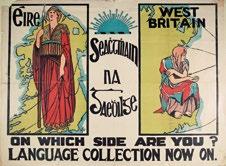
In 2019, as part of Dáil 100 celebrations, the Oireachtas Library invited guest curators to explore the treasures in its collection and choose their favourites. The Special Collections range from the late sixteenth century onwards and include historical monographs, maps, periodicals, cartoons, prints and pamphlets. They represent a unique perspective on Anglo-Irish relations and administration during the eighteenth and nineteenth centuries.
Ceann Comhairle of Dáil Éireann, Seán Ó Fearghaíl TD
Ceann Comhairle of Dáil Éireann, Seán Ó Fearghaíl TD, expressed his delight that such a collection has been made publicly available in an online exhibition. And at the launch, the Ceann Comhairle outlined the contents of a booklet which contained three appeals: two from Ireland to America in June 1917 and one from America to Ireland in May 1775. The fi rst appeal is an open letter to President Woodrow Wilson by Patrick McCartan, a medical doctor, revolutionary, and politician. It describes the link between Ireland and America, the American Revolution, Irish efforts for independence, and English attempts to maintain rule over Ireland.
The second appeal is from a group of Irish Volunteers to the U.S. Congress and President. The third appeal is an extract from the Journals of Congress prepared by delegates appointed at the United Colonies in General Congress, Philadelphia, 1775. The appeal is directed to the people of Ireland. It states their motives for taking up arms and outlines the English force against Americans, noting that the United States would offer the Irish ‘a safe asylum’.
The Ceann Comhairle said: “I am delighted that the Houses of the Oireachtas has opened up our collections to the broadest audience possible, the fact that these materials are also available digitally, will show the breadth and diversity of our Special Collections content.”
In 2019, Martyn Turner, political cartoonist with The Irish Times, revealed a fascinating nineteenth century cartoon collection which is just one part of Treasures of the Oireachtas Library. Dr Aoife Whelan, lecturer at the School of Irish, Celtic Studies and Folklore at University College Dublin, explored Oireachtas items on the Irish language and John Lonergan, former Governor of Mountjoy Prison, detailed the history of prisons and penal reform in Ireland.
And in April of this year, Sarah Gearty, cartographic and managing editor with the Irish Historic Towns Atlas Project, Royal Irish Academy explored some historically signifi cant maps. The delivery of ‘Treasures of the Oireachtas Library’ in such an innovative way, using mixed-media content will allow Houses of the Oireachtas to add other treasures as part of a unique collection which will be maintained and added to for generations to come.
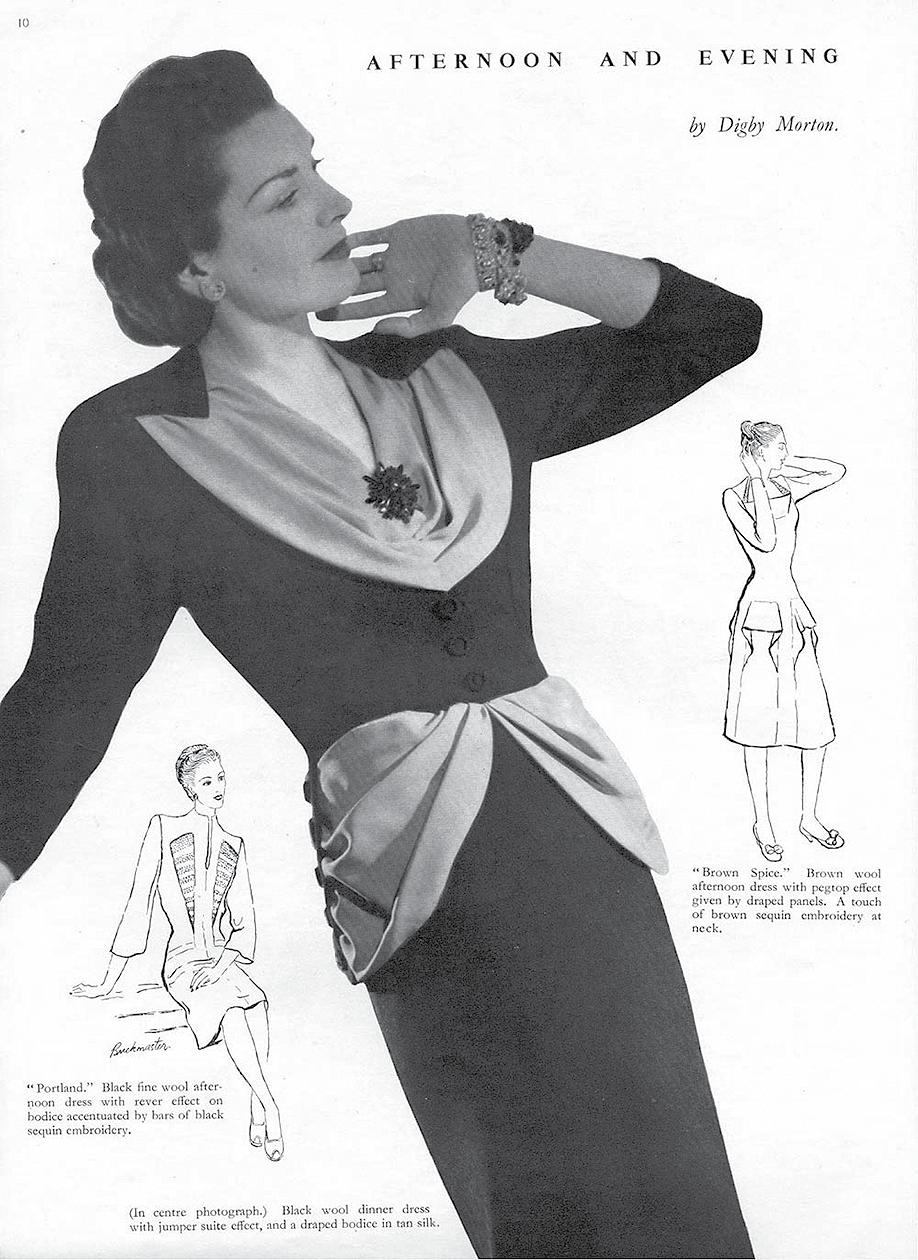
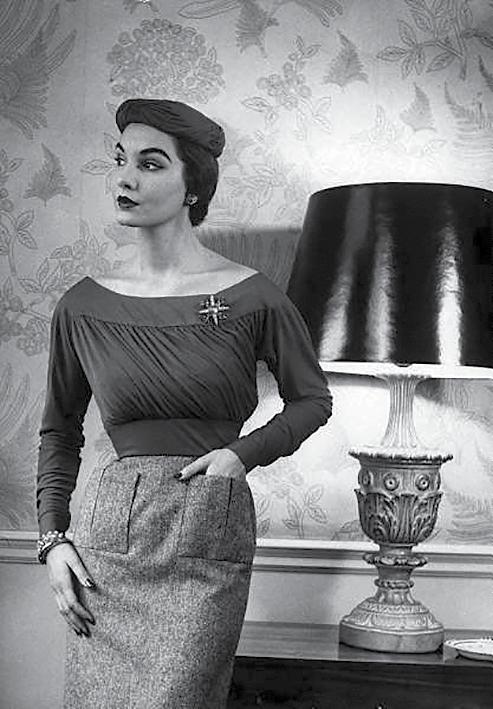
Gathered blouse 1952
Dinner dress 1946

Coat October 1938
of London wouldn’t consider anything else but French labels in their wardrobes! He also took a staple of Gaelic culture, Irish tweed, and utterly reinvented it, transforming something hitherto fusty, predictable and bucolic into a chic and covetable item perfect for city wear. For Digby, the cut was everything, so extraneous details were considered verboten. In the 1920s he also reconfigured the look of sportswear, and as you’d imagine, Digby’s creations were a world away from the ugly, branded and unflattering garb that passes for sports attire now, closer by far to what we’d think of as tailored clothing.

Dublin born
He was born Digby Henry Morton on the 27th November, 1906 in Dublin, his father and grandfather had been accountants for Guinness and it looked as if he would follow suit (no pun intended). Digby, however, had other plans. Initially studying architecture at the Metropolitan School of Art and Architecture, the impatient and ambitious youth evidently found the prospect of a seven-year apprenticeship unbearable and so he transferred his allegiances from the austere caste of architectural students to the more glittering and racy world of Dublin’s School of Art. After completing his studies, he arrived in London in 1922 with a return ticket and £4 in his pocket, initially aiming simply to stay with friends. Doubtless beguiled by the gaudy speed of the metropolis (as measured against the - relatively - quiescent provincialism of Dublin), he decided to stick around, working first at Selfridges in the advertising department and then at Liberty, where he established himself as a display artist and decorator. From there he proceeded to the department store Jays, on Oxford Street, finding employment as a house artist, providing impressions of the latest arrivals from the Parisian catwalk.
His greatest break came in 1929, however, whilst drinking in an after hours club in the West End. He was approached by Mayfair couturiers Gray, Paulette and Shingleton, who offered him the post of in-house fashion designer. He agreed to join the company, on the proviso that he’d have carte blanche to hire his own team and work on his own lines.
Senior Times l May - June 2020 l www.seniortimes.ie 9 Setting up in a converted and redesigned garage in Farm Street in Mayfair, Digby Morton had truly arrived. The key material employed for his debut collection, created a sensation and superficially at least, seemed to play to the gallery’s expectations of an Irish designer: Ardara tweeds. But Digby’s take on this quintessentially Irish fabric was characteristically inventive, employing boldly unusual choices of colour, such as duck egg blue, dark brown and lime green!
Digby Morton had his first London operation in Farm Street, Mayfair

Digby was determined to move beyond the rigid and somewhat austere world of classic English tailoring; he created outfits with a softer more feminine aspect, more in keeping with the nature of the materials he employed, such as Aran knit, worsteds and tweeds. As previously mentioned, this newly formed operation, was duly rechristened Lachasse (Digby observing that in London society, only French fashion houses carried true cachet) and proved an almost instantaneous hit with the bright young things of London and far beyond. The company subsequently became a by-word for urbanity and glamour. Low prices, small profits and a voluminous turnover were the order of the day and royalty, the titled and entitled, heiresses and top sportsmen flocked to purchase Digby’s creations and meet “that young Irishman in the garage” as he became known. In 1934, Digby struck out on his own, acquiring offices in Palace Gate, Kensington and in 1936, he married a Fleet Street journalist called Phyllis Painting, better known by her work name of Ann Seymour. She was the editor of what would now be known as a lifestyle magazine, called Woman and Beauty. He also reluctantly began to feature eveningwear in his collections, though it was to be strictly tailored.

Two military style coats 1939
10 Senior Times l May - June 2020 l www.seniortimes.ie In 1942, Digby, along with such esteemed contemporaries and his friend and colleague Hardy Amies, Norman Hartnell and Victor Stiebel, joined forces to form the Incorporated Society of London Fashion Designers (also known as the ISFLD) and created a stylish, characteristically unfussy uniform for the Women’s Voluntary Service; the suit cost 79s and 6d. The Incorporated Society of London Fashion Designers advised on

Dress with bodice, short jacket Summer 1949

Ford advert 1955
various utility clothes, helping to find inventive ways to cope with the scarcity of clothing materials and also creating a bridge between the government and the fashion industry. In total, thirty-four utility garments were finished for mass manufacture and the organisation served as a true morale booster, helping to detract from the grim reality of rationing restrictions.
Post war success
After the war, Digby again moved his operation, this time fetching up in Grosvenor Mews; cheaper premises, but far larger. In 1953, he struck gold in the States. The Hathaway company, who were makers of men’s shirts asked him to put together a collection for women. Taking the example of men’s shirts and their cut and structure, he adjusted them to accommodate women, using blazing colours and bold patterns, often adding bowties to the ensemble. Esteemed magazine Time was so impressed, that they dubbed him “daring Digby”. In 1957, Digby formed Reldan-Digby Morton with Nadler (CEO Cyril Kern), closing his existing offices in the process.
By 1963, Digby had transferred his talents to the design and production of menswear, exhibiting at the Cologne Fair with a collection that featured the abundant deployment of Trevira cloth. He’d been prescient enough to see that couture couldn’t last and that true financial success lay with the embrace of prêt a porter (ready-to-wear). Digby had once opined that couture felt stifling and that he really wanted to work with ordinary women rather than titled and privileged ladies.
He died in 1983, (having retired a decade earlier) at the relatively early age of 77. At the end of his professional career, he was specialising in menswear, but it’s his feel for women’s tailoring that secured his reputation.
Ireland can be justly proud of this scion of Dublin’s professional classes. His professional reputation was immaculate and his expertise, flair, feel for the potential of fabrics and fundamental understanding of how to dress women in a flattering, feminine yet wholly progressive and forward looking manner, was unparalleled.
Lady Hathaway gingham shirt


THIS IS YOUR LEGACY.

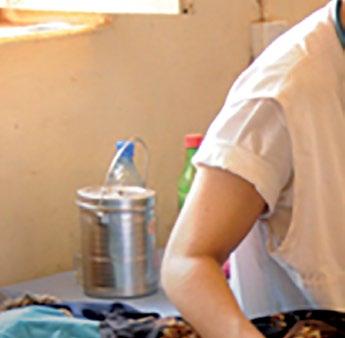

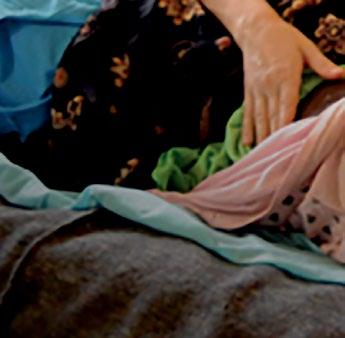


A new generation of nurses, doctors and midwives, trained to care for the most vunerable. 1 in 6 projects are funded by legacies.
Your legacy can change lives

To make happy memories - your legacy can help Focus Ireland give a family their home, and their happiness back.
To include Focus Ireland in your Will, please contact eve.kerton@focusireland.ie or phone 01 881 5917
Find A Life Companion...

CHY7220
Welcome to 121SeniorDating.Com! A safe and secure online environment for you to find dates in your area or in the next city. Make new memories and find love and companionship here. Senior dating is fun and exciting. We have new members join everyday looking for a life companion. Find someone special here, laugh and have a good time. Dating for over 50s means that you know what you are looking for. Browse profiles, photos and bio’s to see who sparks your interest.
Be Part Of A Welcoming Community
Find someone you truly have a connection with. Age is just a number, we have singles wanting to have fun. Explore our community, we have forums blogs and polls. Share your hobbies and interests with our members. We are sure there will be someone you will connect with. Become a VIP member to access private messaging, member galleries and videos. These features let you get to know more about our singles.
Discreet, Safe & Secure
Our site is safe, secure and discreet. We have 24 hour customer support teams on hand to monitor your online space. We never share or display your personal details. You choose what you want to share with our members. Become a VIP member and our site name won’t show up on your bank statements, keeping your online activities discreet.










